This week on the rohn report, we’ve got an exclusive interview with Lynn Cuny, the founder and president of WRR, Wildlife Rescue and Rehabilitation. A truly remarkable woman (and a truly remarkable organization) who has taken her vision for a sustainable sanctuary for injured or impaired wildlife from her own two bedroom home to a 212 acre sanctuary. But first, let me tell you my story of how I met her.
One day me and my housemate found a baby raccoon wandering around the neighborhood. It’s mother was nowhere to be seen. It probably came from underneath my house where a clan of raccoons has resided for sometime. In fact, it may have been this pup’s mother that I found lying on my back porch one day, lifeless. I have no idea what happened.
We managed to steer the baby into a blind alley between a house and a hedge with the live trap at one end and coaxed him in (not very difficult, I think the little guy realized it was his best option at this point). Then we headed out for ‘Wildlife Rescue’ in my VW Jetta with the little buy riding shotgun. Well actually he was in the back.
I had heard the name somewhere before so we looked it up and there it was, not too far away - 166 Babcock Rd. A kind lady received us (I don’t remember her name) took the little fellow into the back and made him comfortable, I guess, maybe a snack and some water, a little nest of warm bedding. I don’t know what she did but when she came back we had a conversation about wild animals in the city and that’s when I started learning about WRR.
I asked her, What’s going to happen to the baby raccoon? We’ll help it grow up and then release it in a wildlife area where it can survive. How does your service work? By donations, feel free to offer something (we put in $10). What other things do you do for rescued wildlife? We have a Sanctuary in the country where we care for alot of animals, feed them and give them a place to live and rehabilitate them if possible. She mentioned a few other things that I don’t remember but I do remember feeling grateful that somebody was available to help this little raccoon who otherwise would have had bleak prospects for survival. When we left I took a brochure.
Days later I was still thinking about it: all the animals that get injured, the pets that get abused, the raccoons running around my neighborhood. They live in my backyard. They moved in. They’ve been there for generations, atleast 2 or 3. What to do, so I looked at the brochure, and found Lynn’s name with a phone number. I called and she answered the phone. We talked about raccoons for a good 45 minutes.
Why do they live in the city? That’s their territory, their ancestral homeland if you will. Why do they have to live under my house? Because you have the perfect environment for them, ponds and food. How have they adapted so well to urban life? They’re very intelligent and dextrous. How do I get rid of them? Probably not possible with all the water features on your property and feeding them cat food every night. Yeah well if I don’t feed them I’m afraid they’ll break into my house or something, do something mischievous. Well there you go.
I realized after talking to Lynn that being in a state of symbiosis or atleast mutual respect with the raccoons was the best way to go. Feed them and wish them well and close the kitty door at night. If they’re happy they won’t be as much of a nuisance. That’s my strategy.
Here’s the interview
Although the Sanctuary is not open to the public, because they want to keep it focused on helping the animals regain their wildness, I was invited to tour the site with Diane Thovson, the Animal Admissions Director. We drove through the property in her golf cart and she told me all about it.
We try to make their lives as normal as possible, give them a good quality of life, we have trees in the enclosures, bridges between the trees sometimes, warm houses for the tropical animals that aren’t used to the cold, She told me. We don’t name them because they’re not pets, they’re wild animals. We interact with them to the point where we can get them medication and food but we don’t hold them, we don’t play with them, we don’t talk to them. We want their behavior to revert to being wild animals. Sometimes it’s the first time these animals have touched grass or been outside.
Among the animals I saw or were described to me but couldn’t see because they were hiding somewhere in their enclosure were: mountain lions, ring tailed lemurs, a bob cat, a fox, a coyote, a rhesus macaque (a refugee from a university lab), long tailed macaques (they had warm houses for when it gets cold), ring tailed cats (related to raccoons), capuchin monkeys bush babies (small nocturnal primates), owl monkeys, spider monkeys that used to be pets, kinkajous (see the photo at the top of the page), marmosets (tiny little primates), prairie dogs, a rooster (housed with a monkey and getting along quite well), brown lemurs (some are bonded pairs), a black bear, song birds, doves, lion tail macaques, brown capuchins, coatis, skunks, raccoons, opossums, white faced capuchins, parrots, cockatiels, chickens, turkeys, a peacock, and a blind cow. There were sheep and goats hanging out together and a passel of pigs with their own wallows to wallow in. Crows and ravens and vultures live on the property, axis deer wander thru occasionally, donkeys keep the grass mowed.
I also got to see the facilities that have been built on the property: the nutrition center where specialized formulas for each species is prepared with attention given to a varied, natural diet. The rehabilitation hospital with 570 patients, the operating room (I watched a lemur getting a hysterectomy), veterinary clinic with x-ray to help with setting broken bones. Diane showed me a tag with the number 6,531 on it, a raccoon in the rehabilitation hospital. That’s how many had come through so far this year. Every year, we release thousands of mammals on properties that have been pre-screened and deemed suitable for each species. The most commonly released animals are squirrels, opossums, raccoons, and skunks, with a smaller numbers of bobcats, coyotes, and foxes, Diane informed me. “WRR rescues over 10,000 wild animals every year.” is what it says on their website https://www.wildlife-rescue.org/.
Wow this is like the Garden of Eden, I said to Diane at the conclusion of the tour, with the chicken and the marmoset living together, the goats and the sheep, the free birds flying around overhead. And so it was. The ravens and crows along with their friends the vultures were happily flying around everywhere, the two donkeys were hanging out in the pasture under the trees. When one of them bade me fond adieu as I was leaving, if I understood him correctly. They were all enjoying the Sanctuary.
Below are some pictures from my camera and also some exquisite color portraits of the animals taken by the WRR staff.

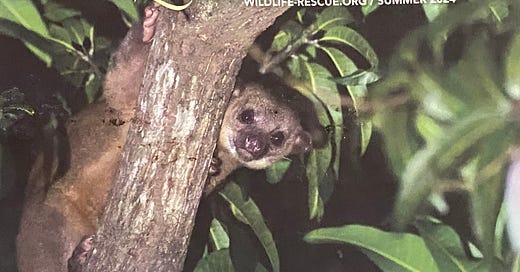



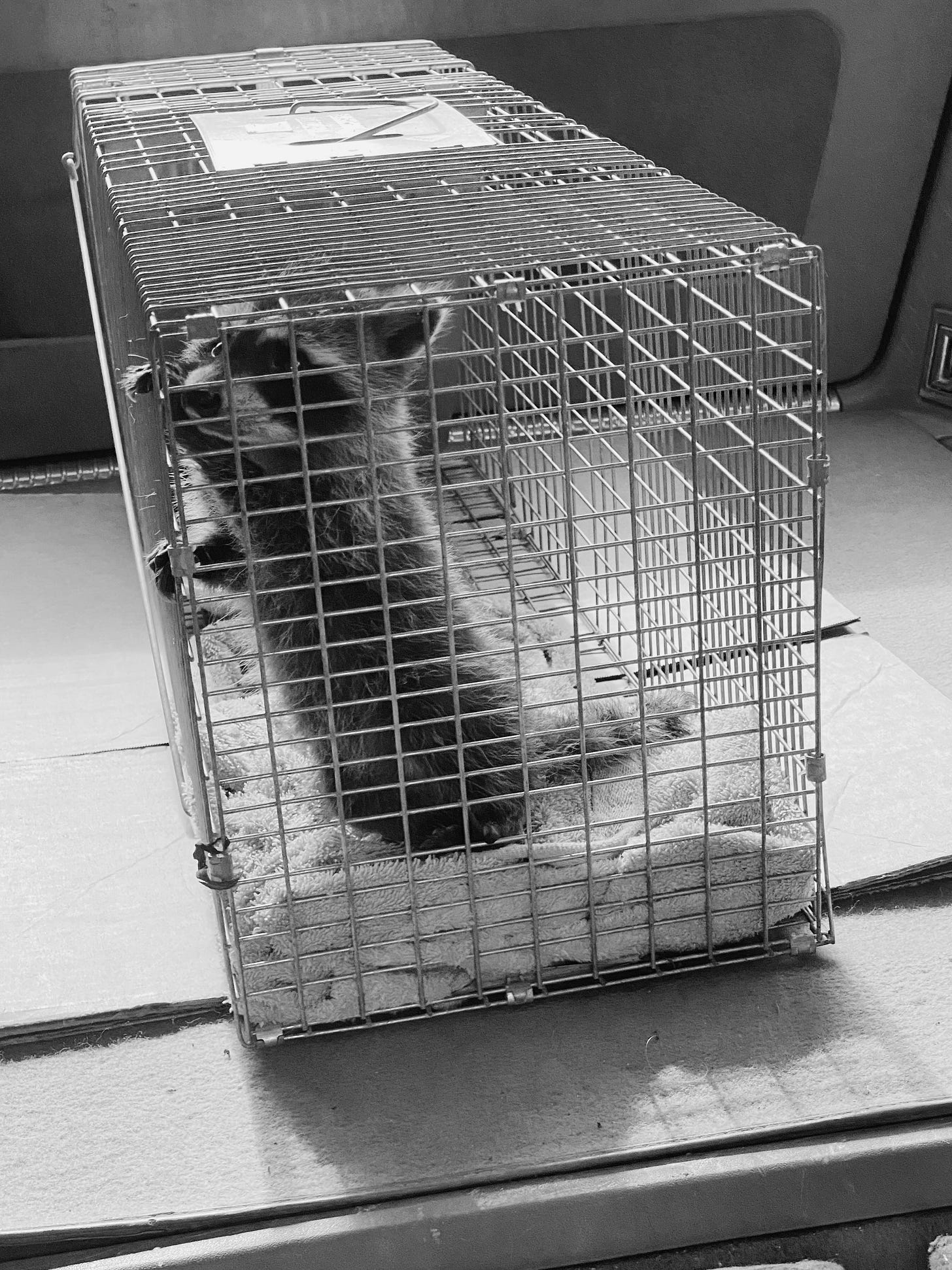

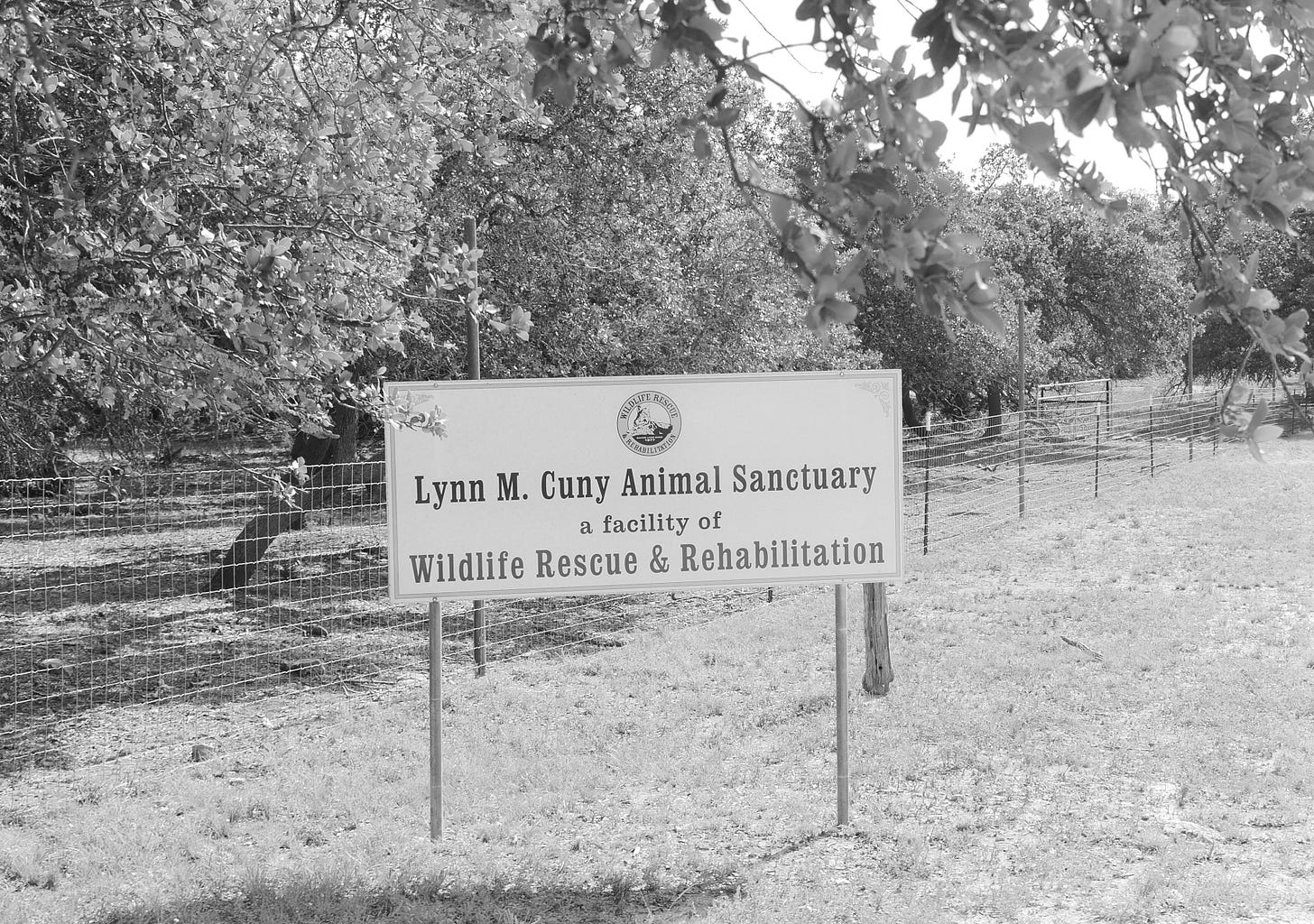
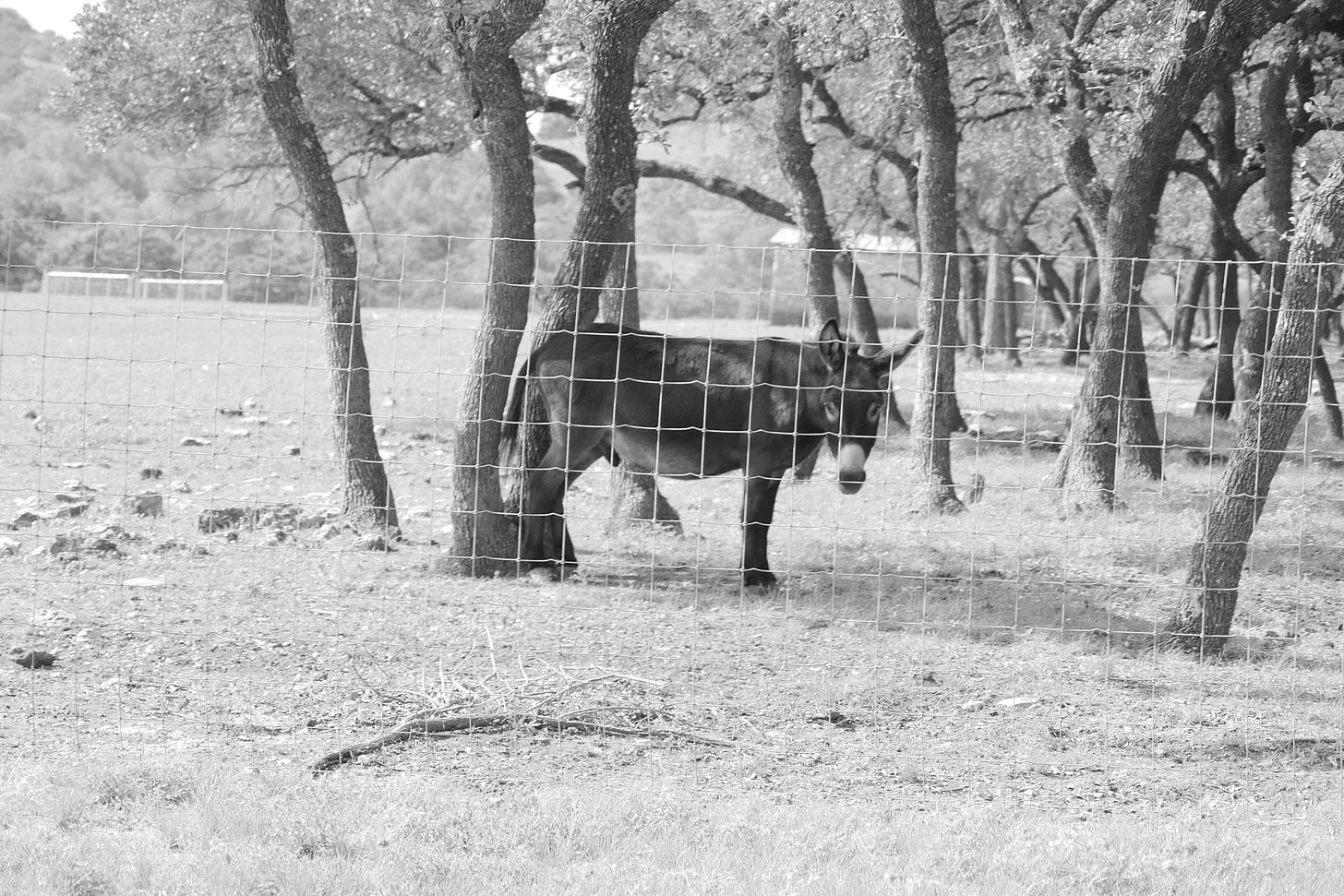
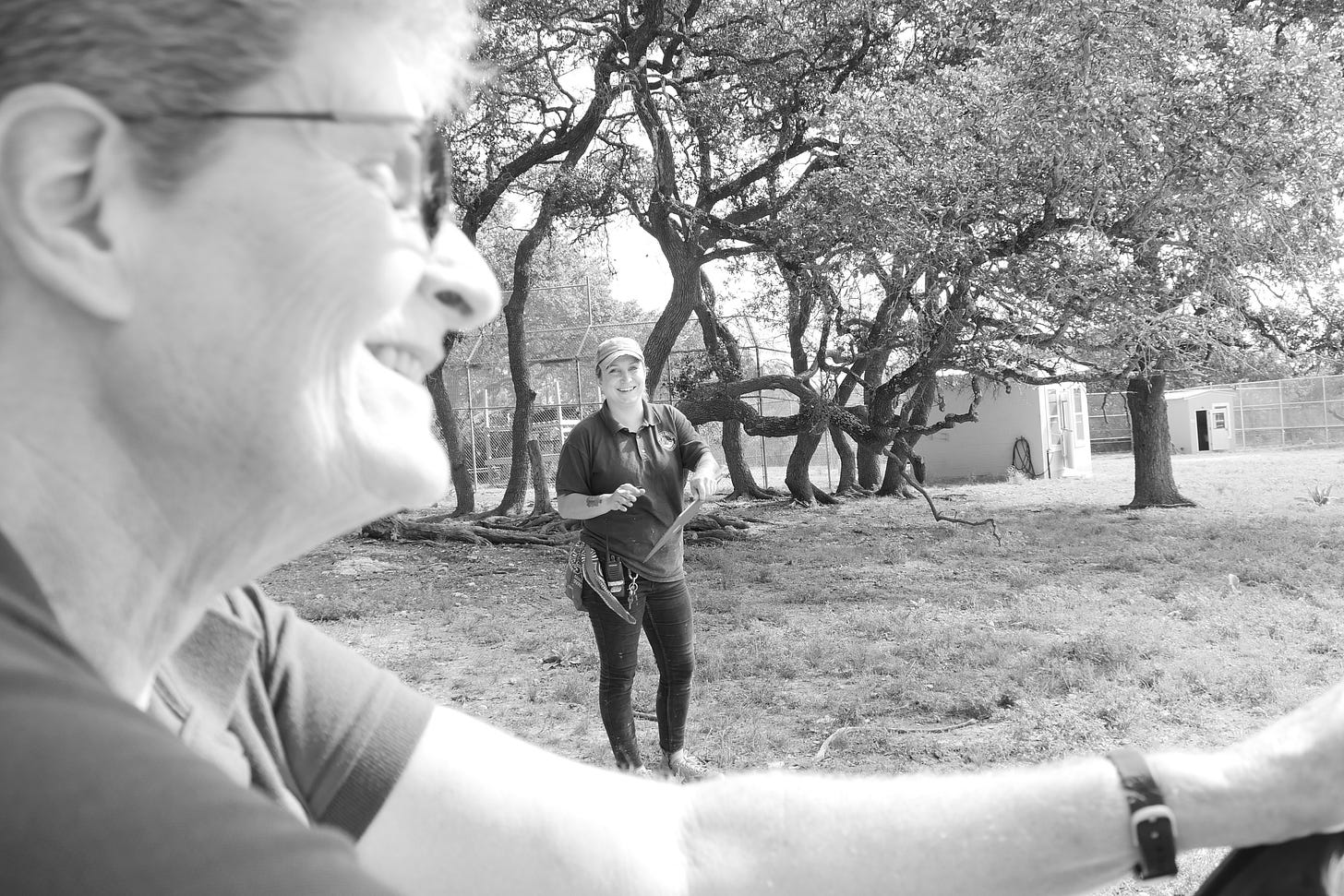
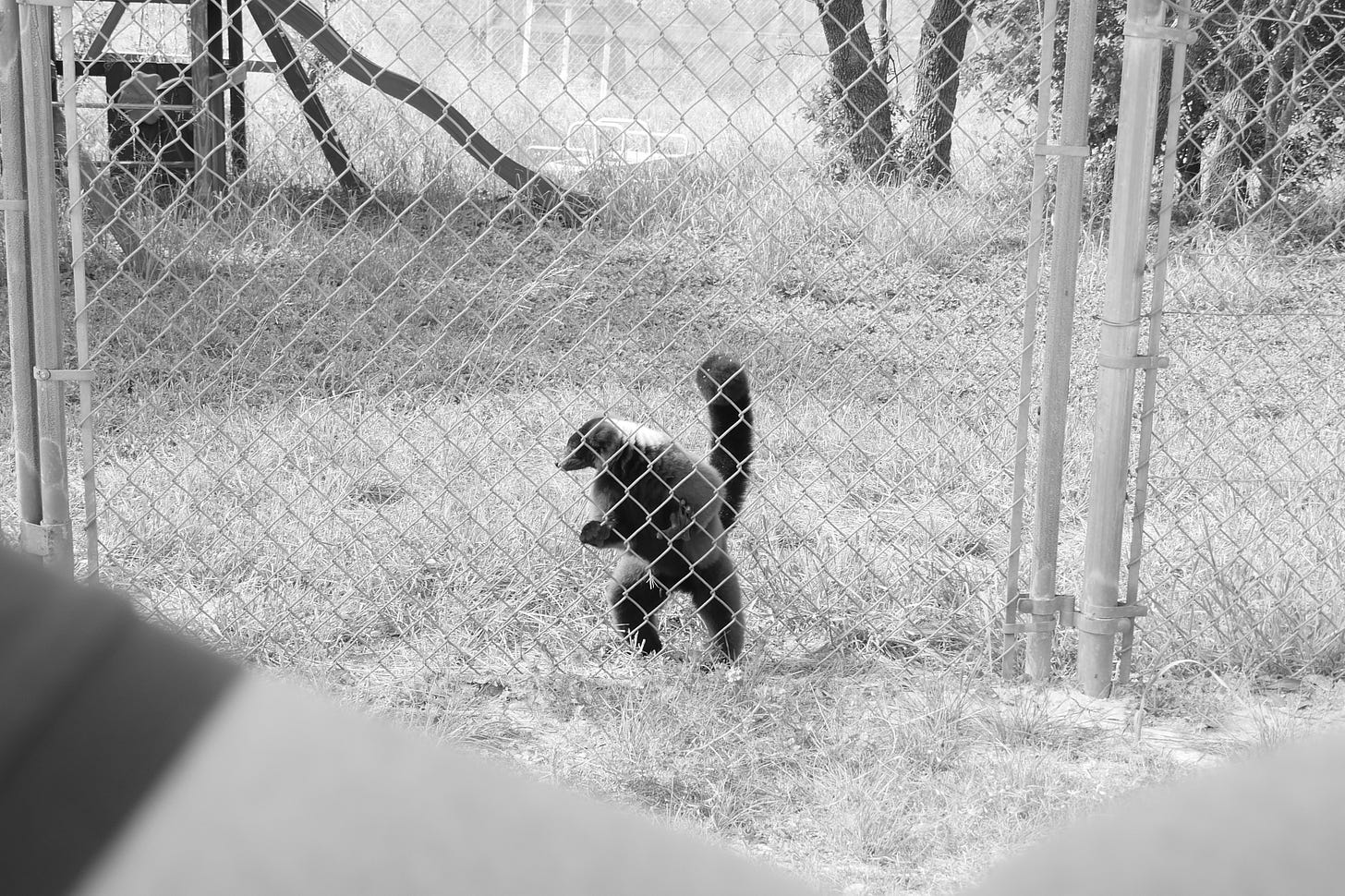
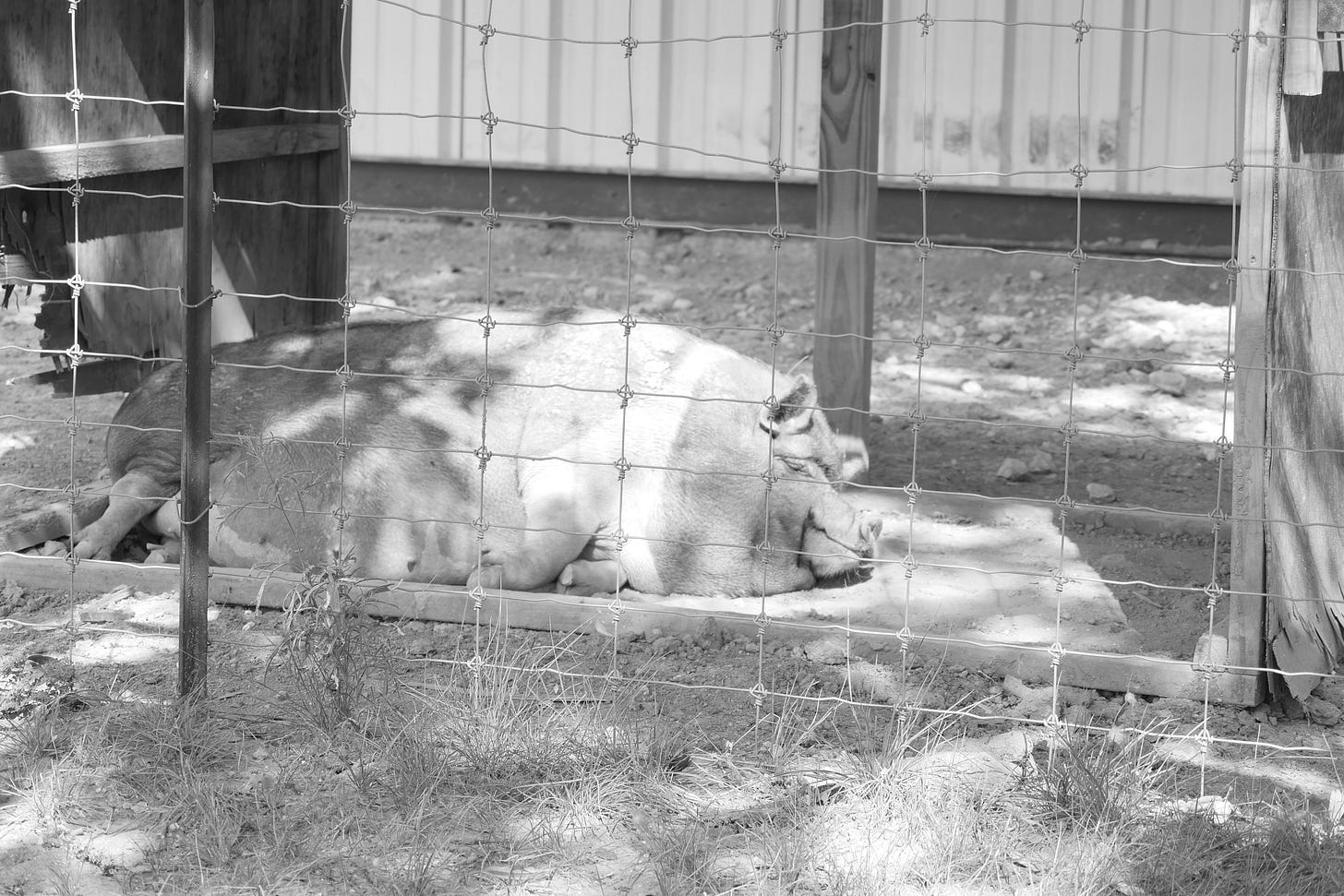
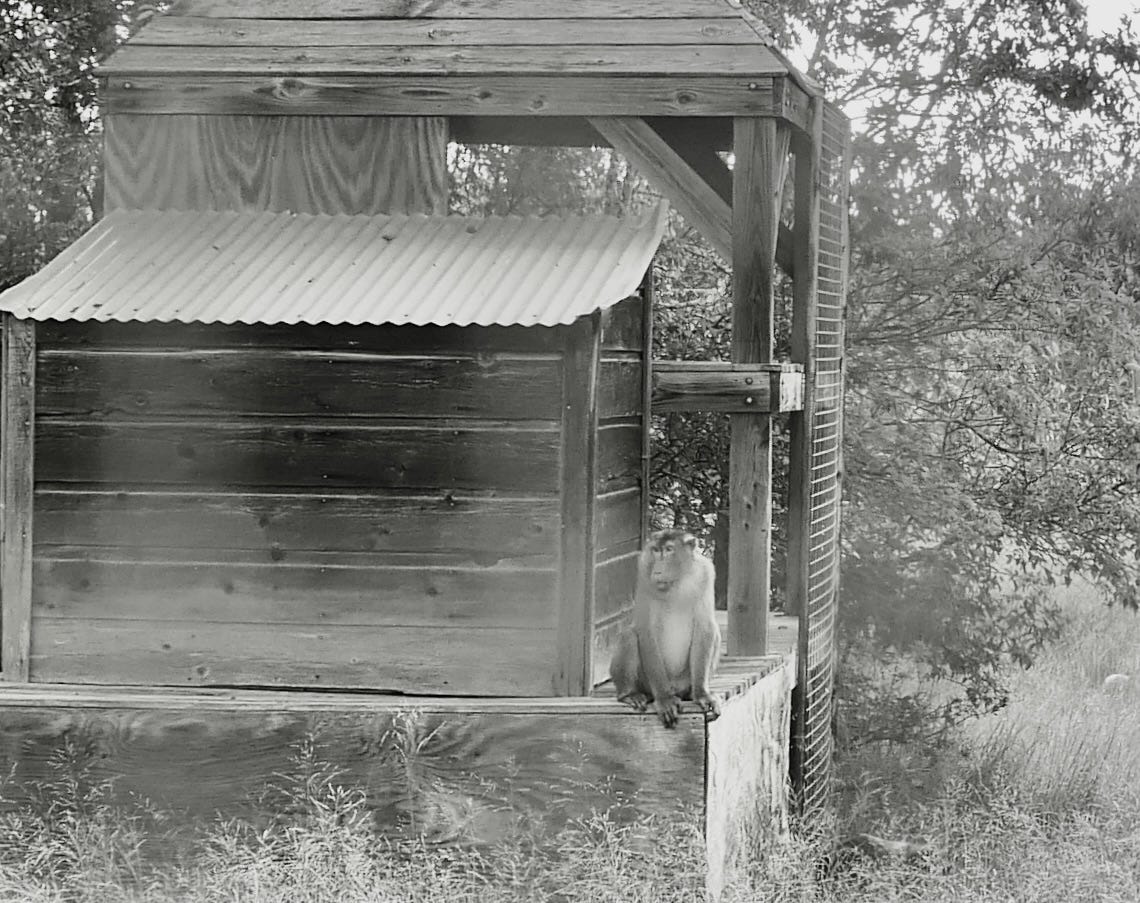
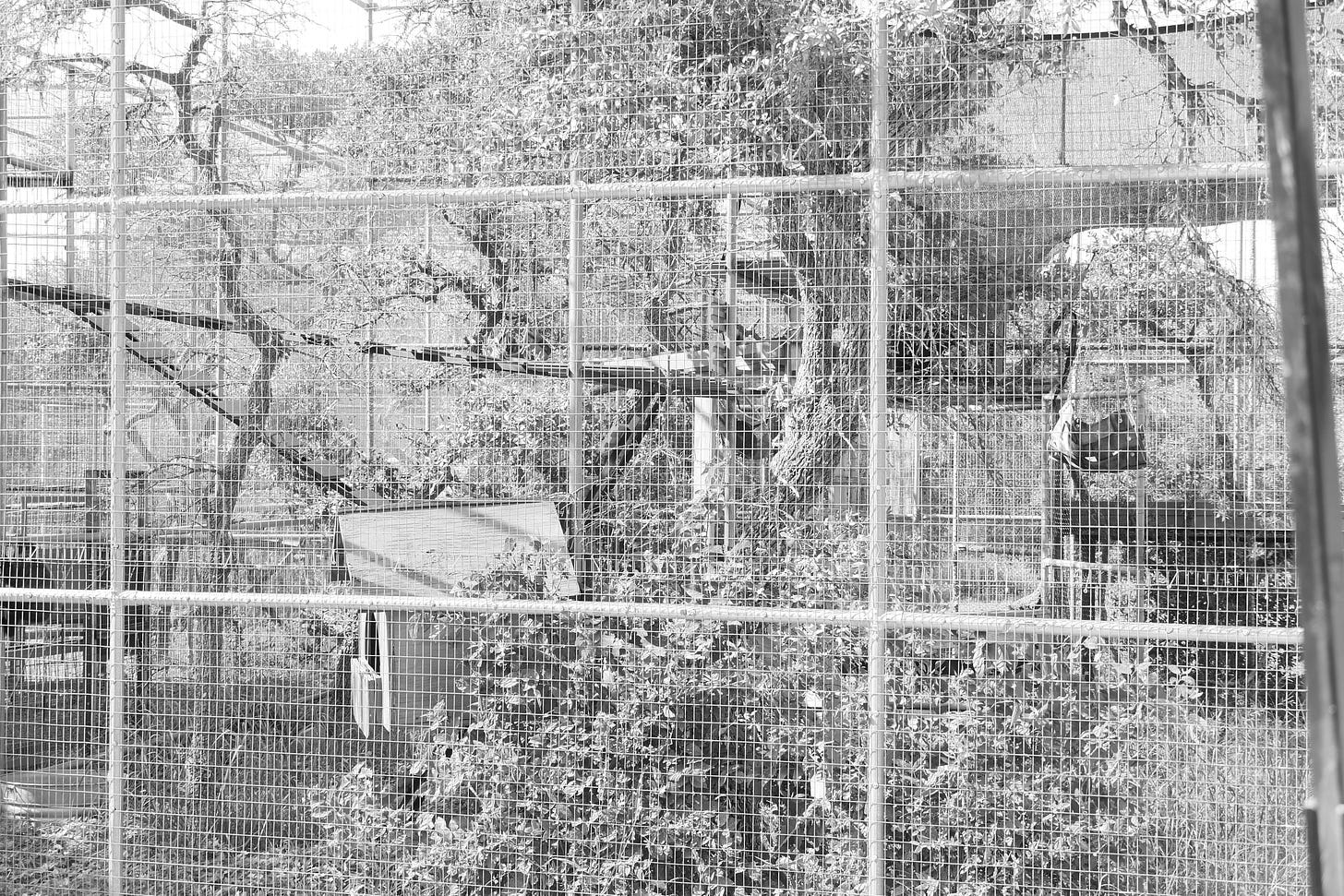
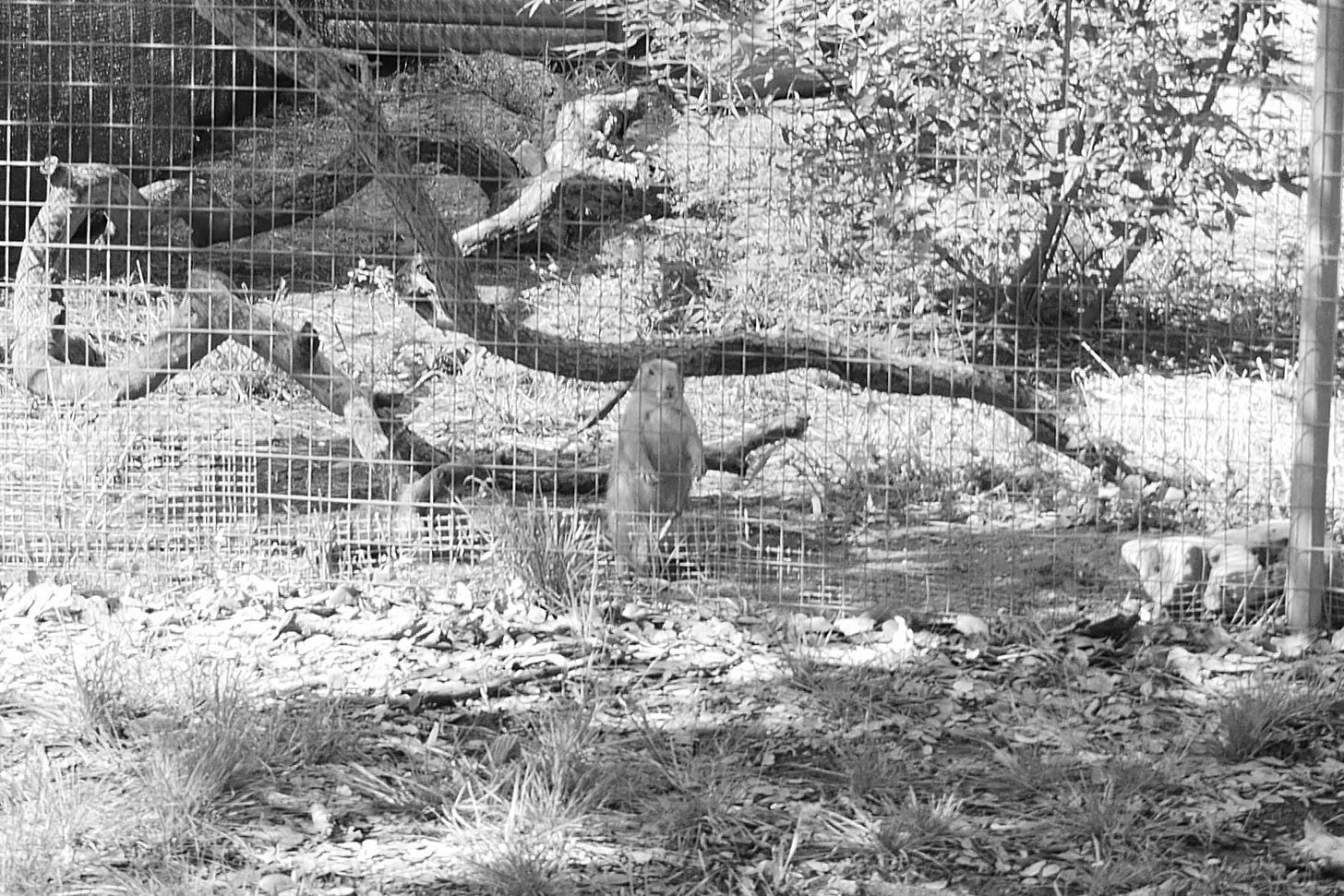

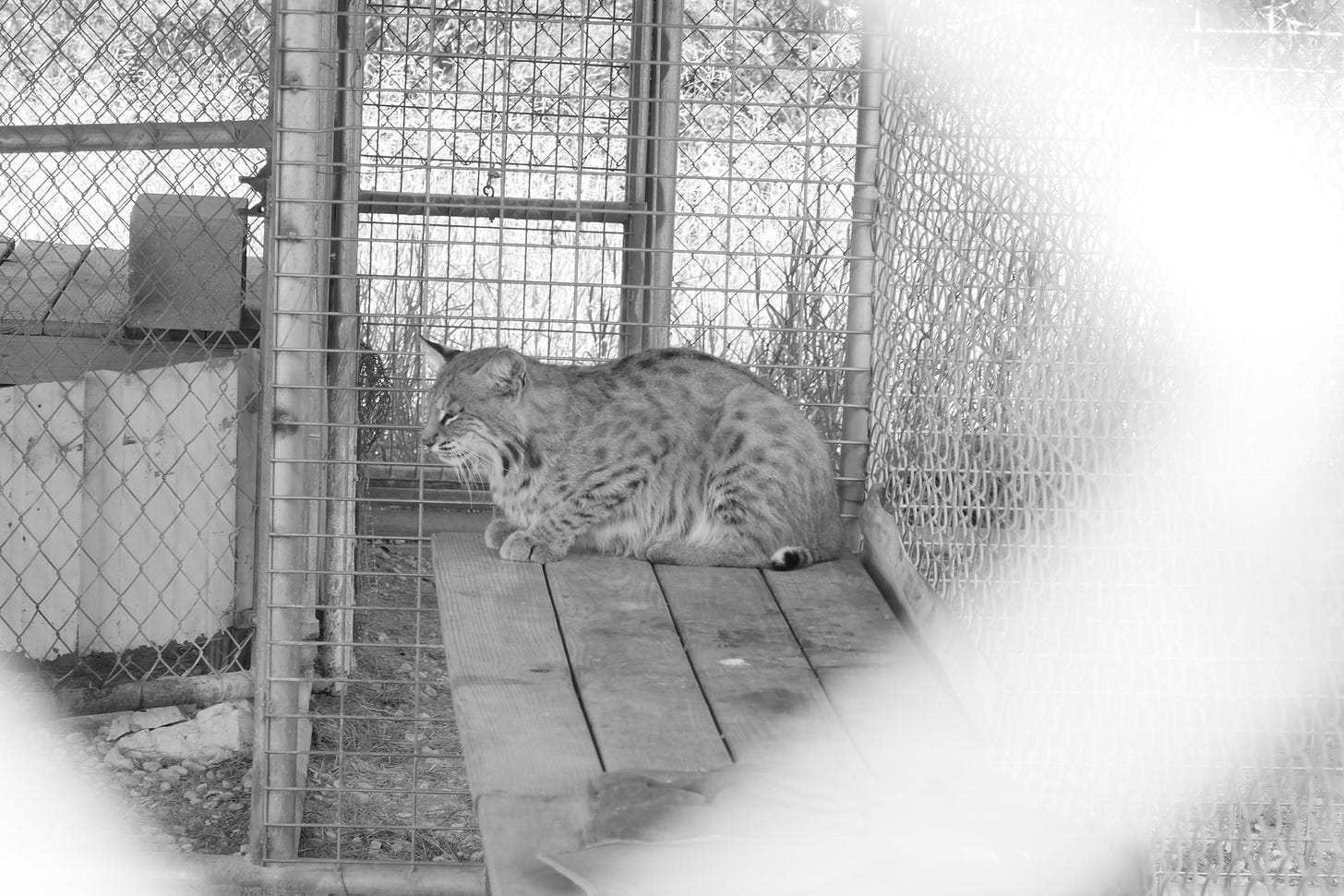
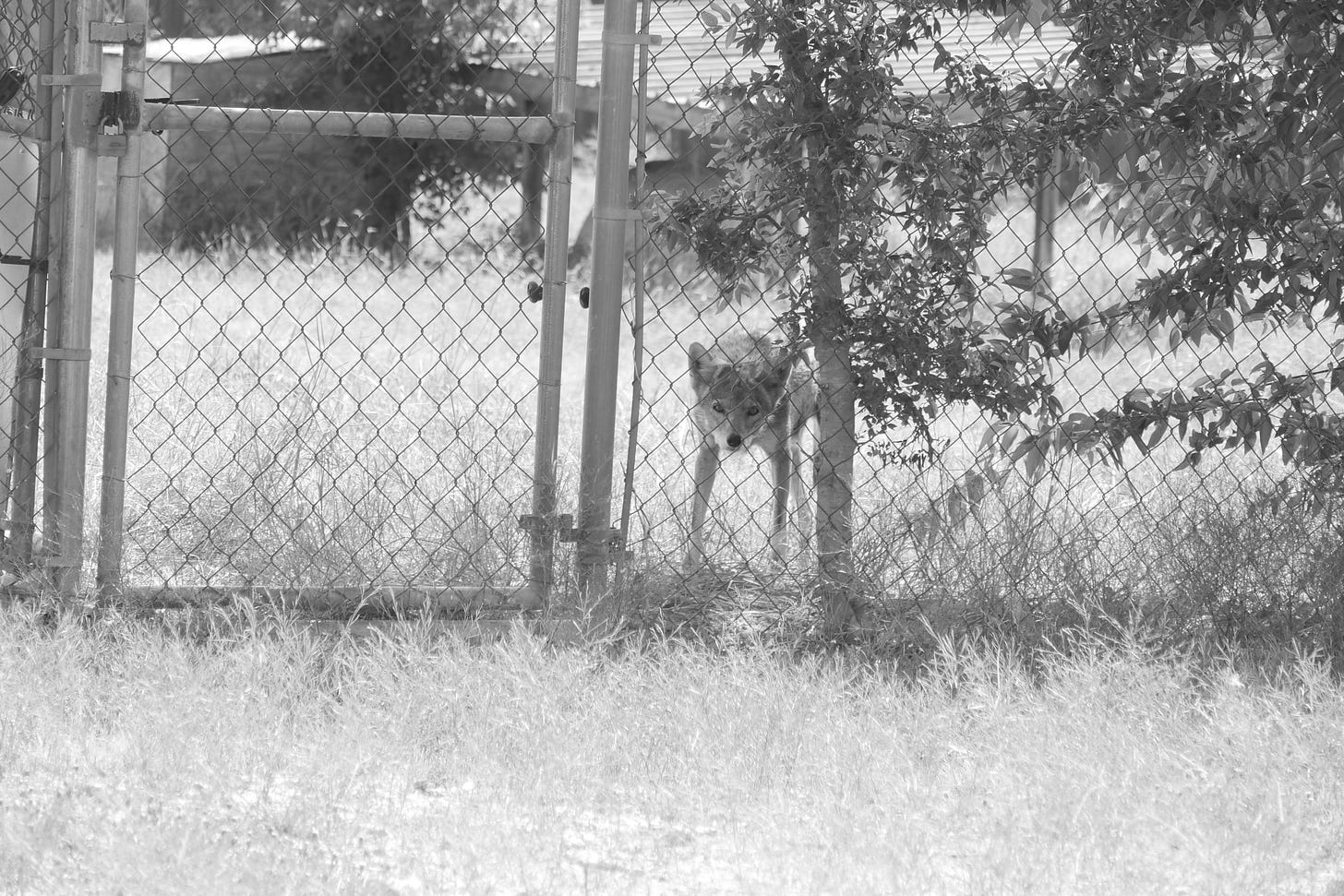
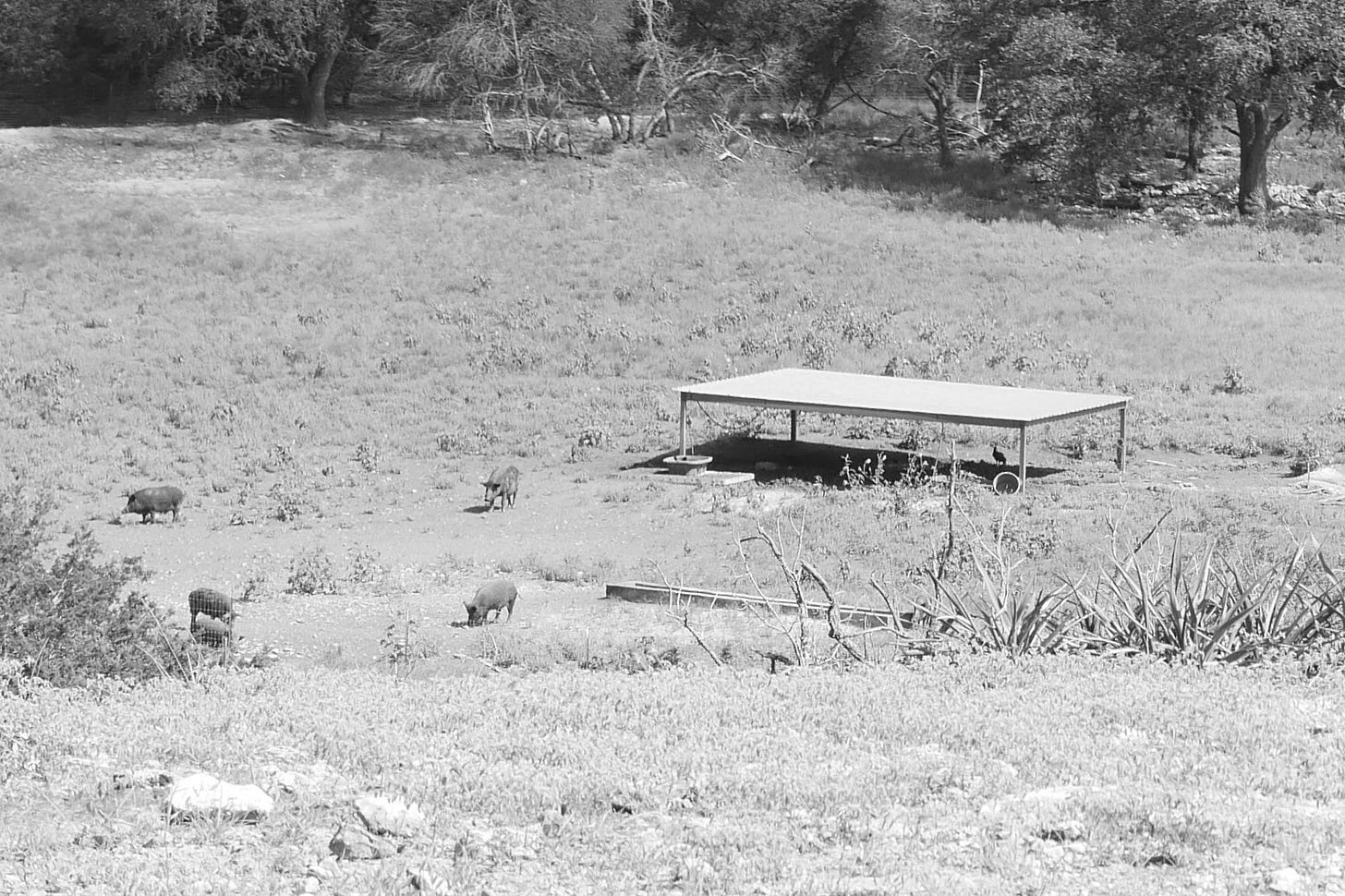
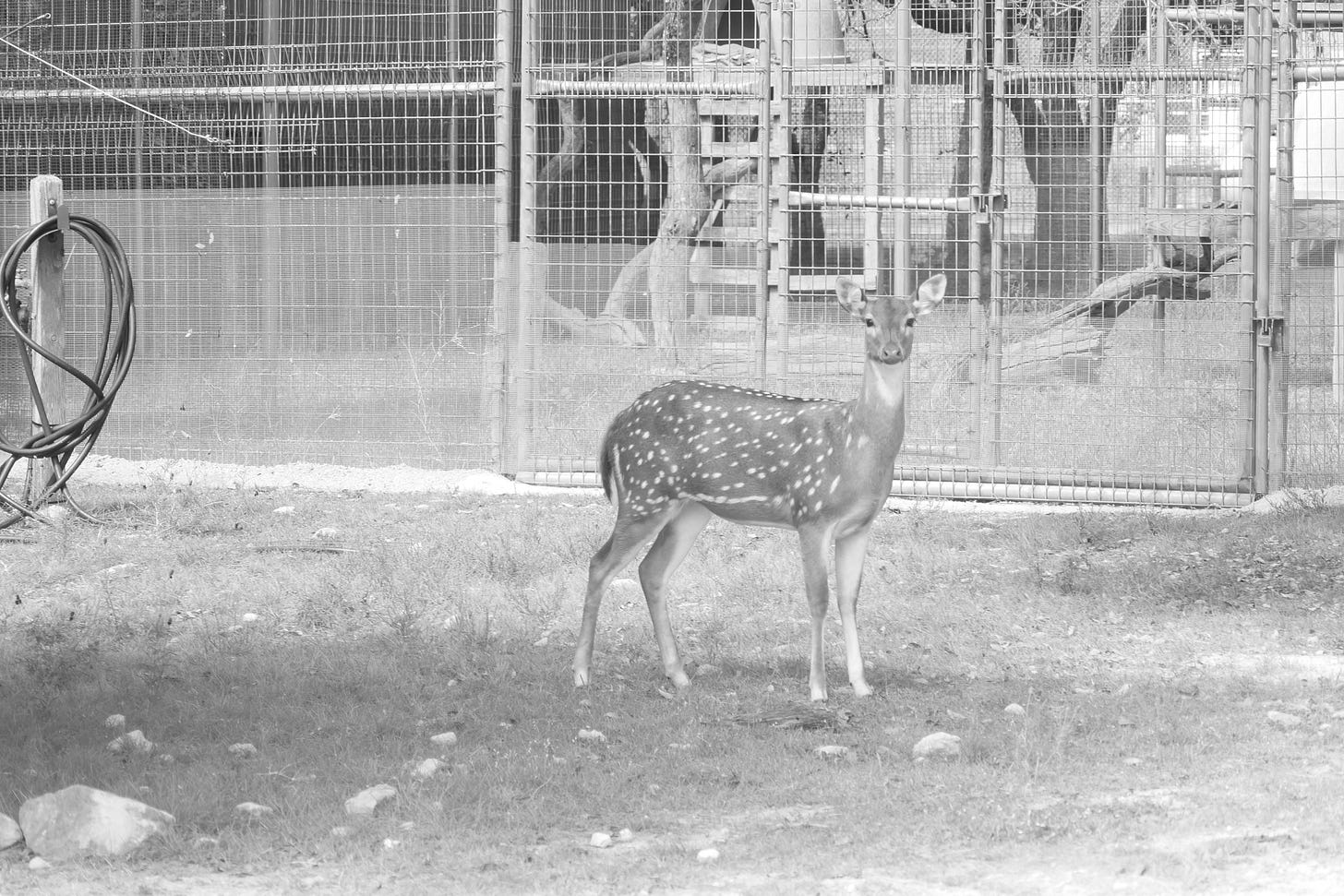
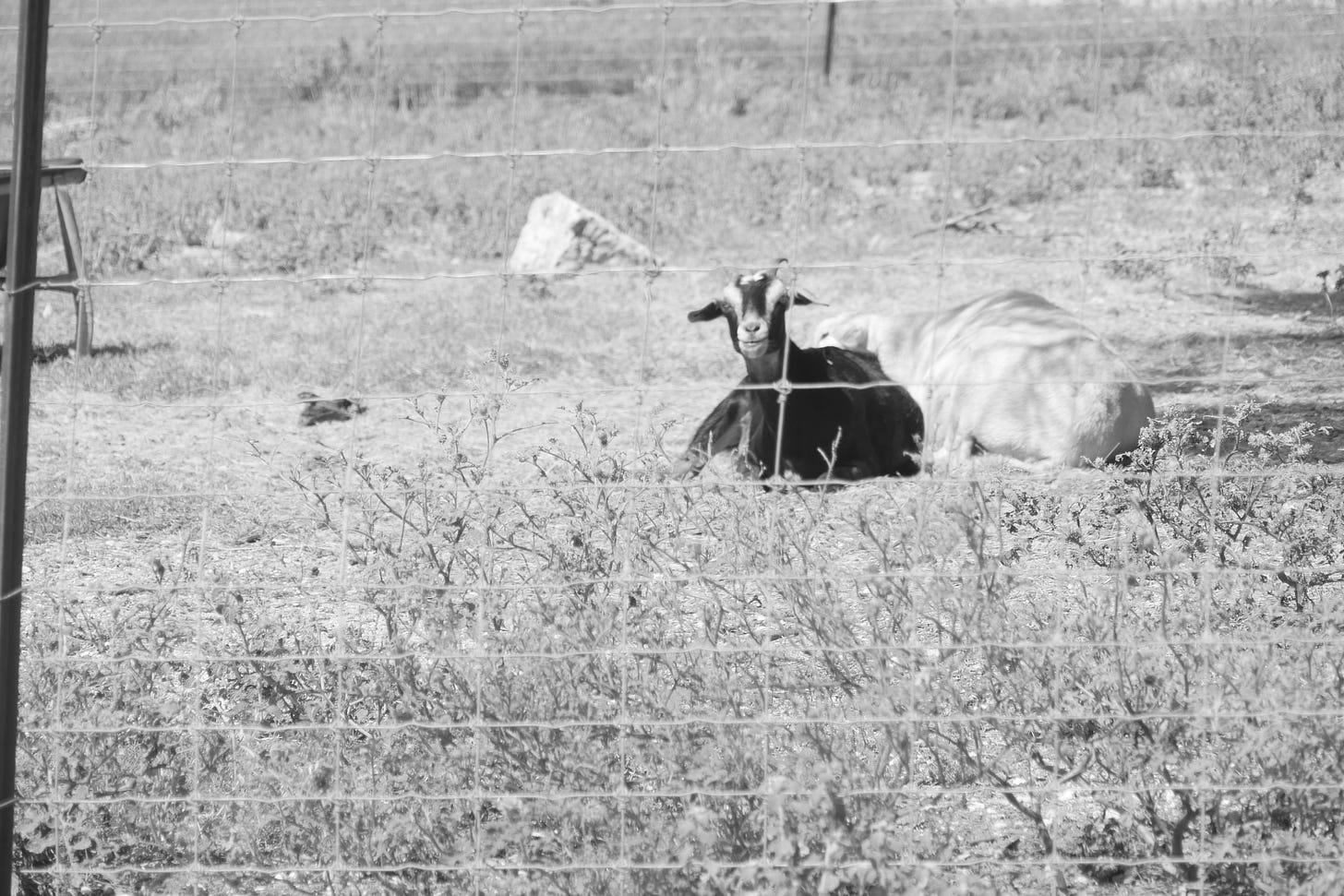
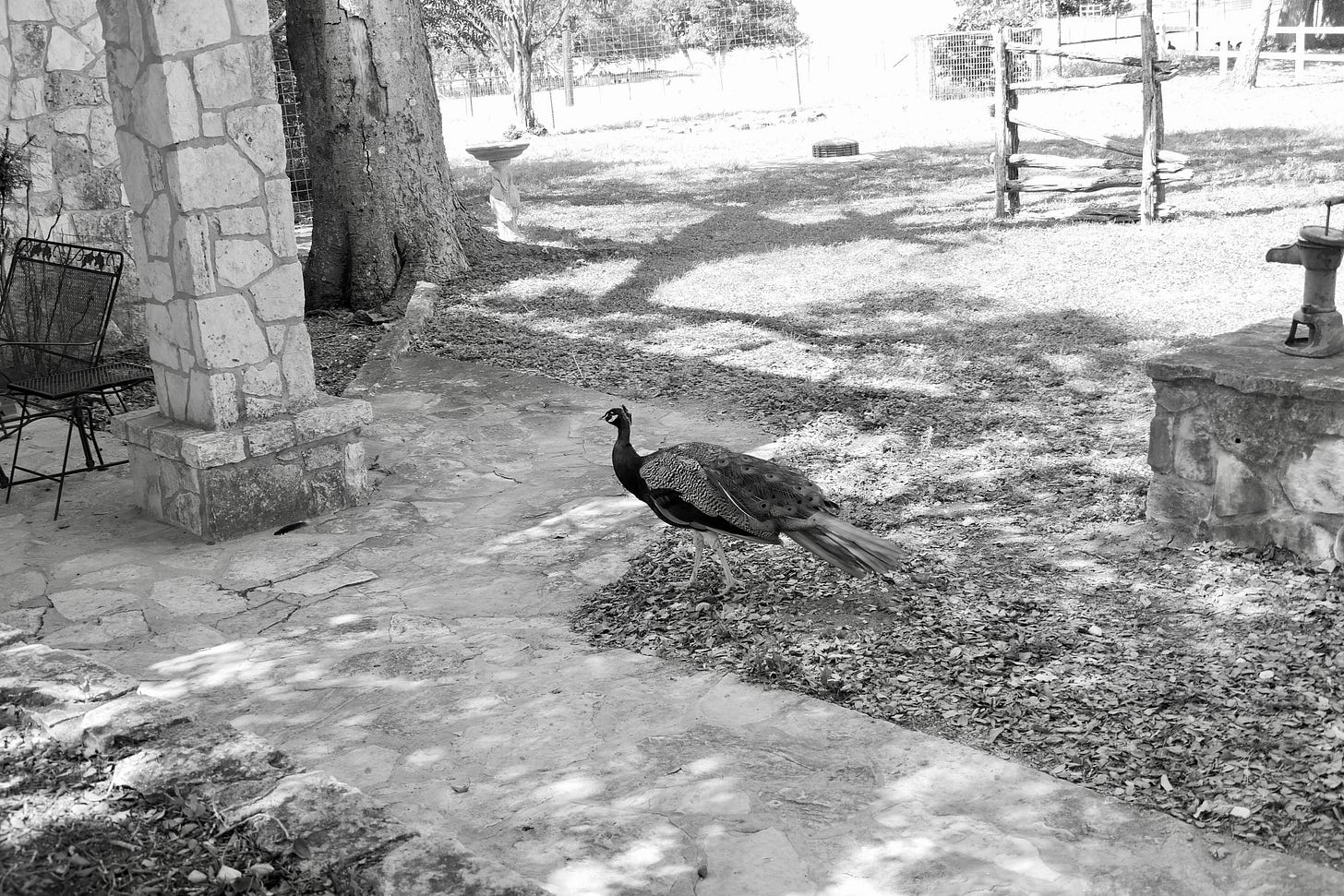
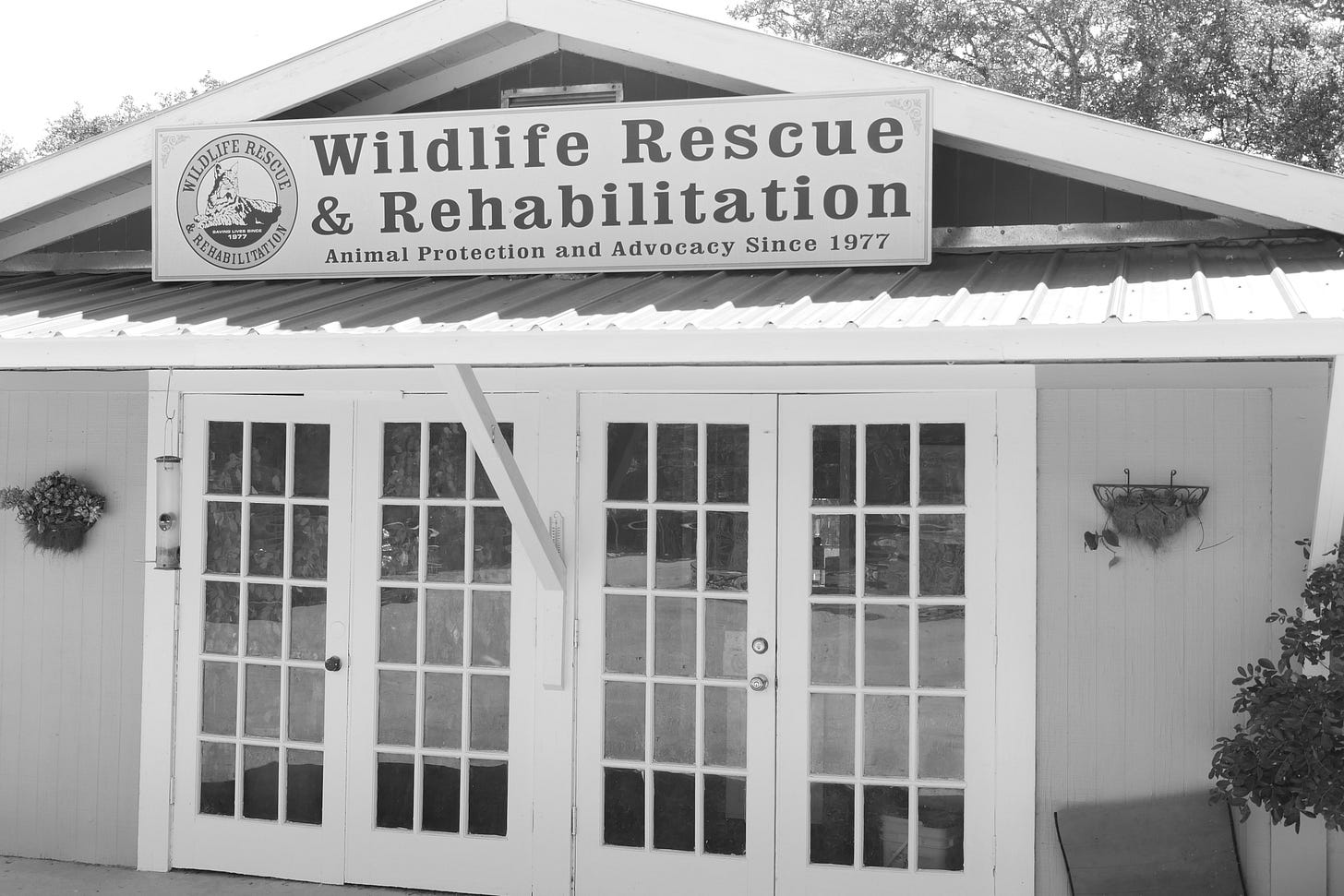
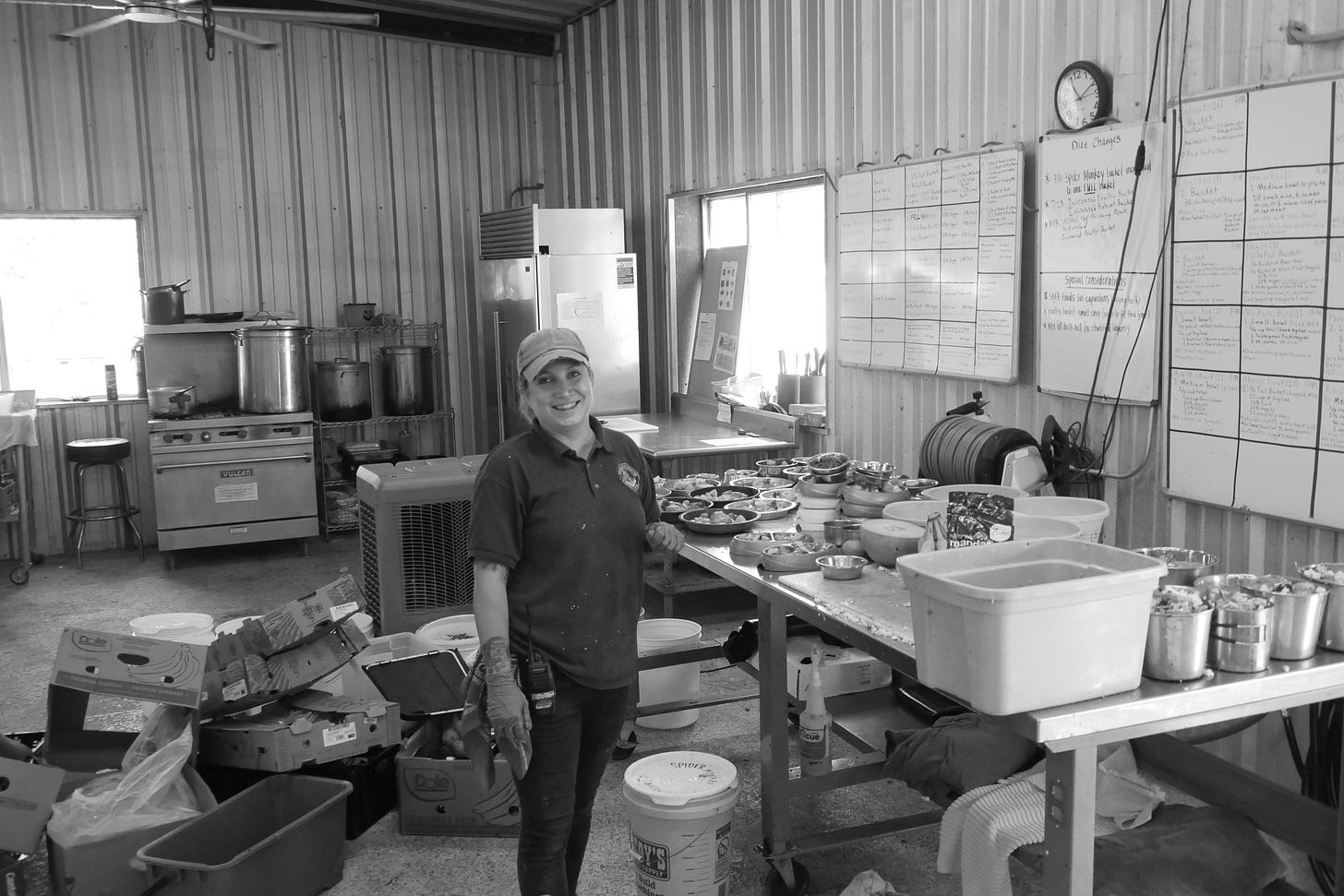
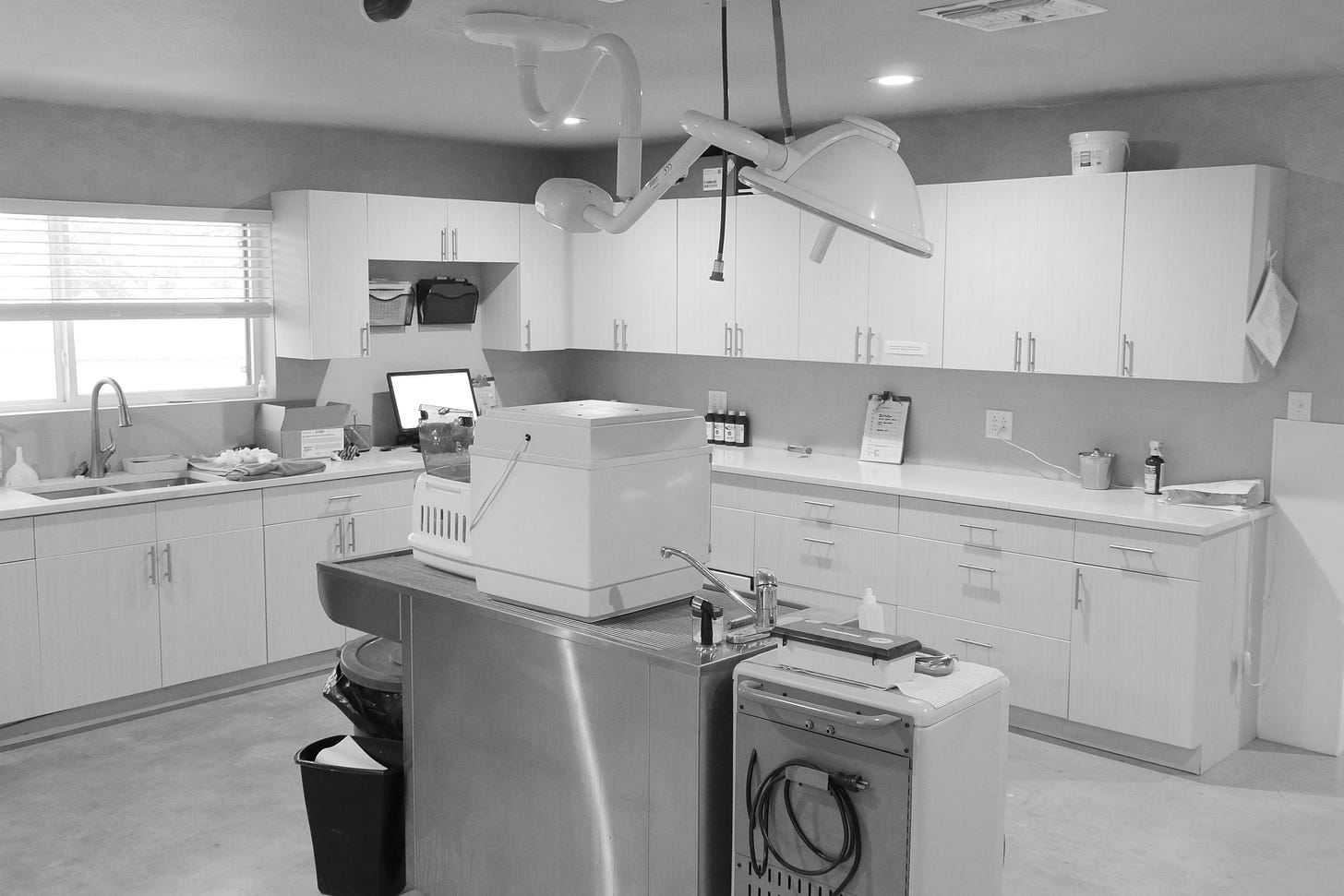
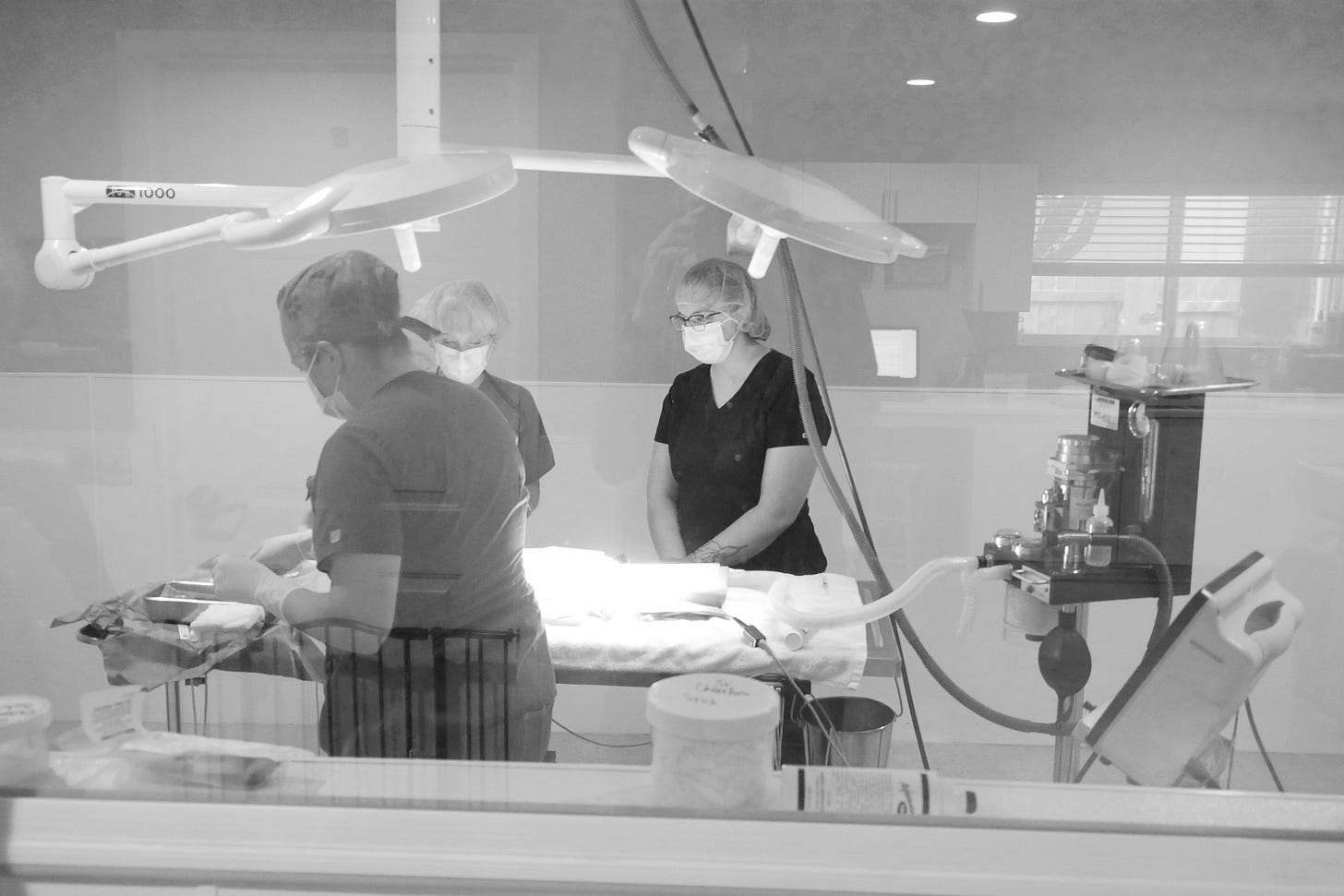
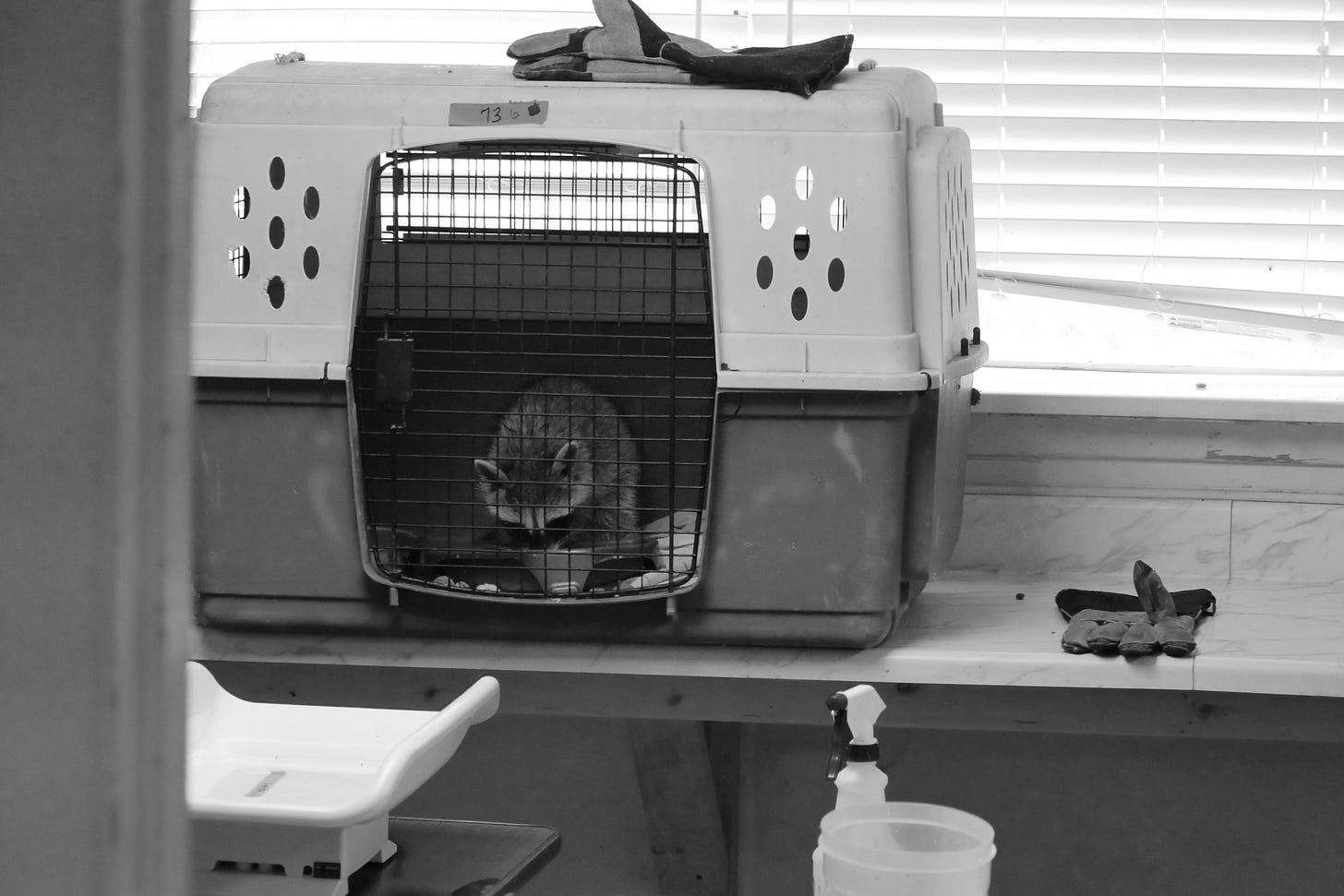
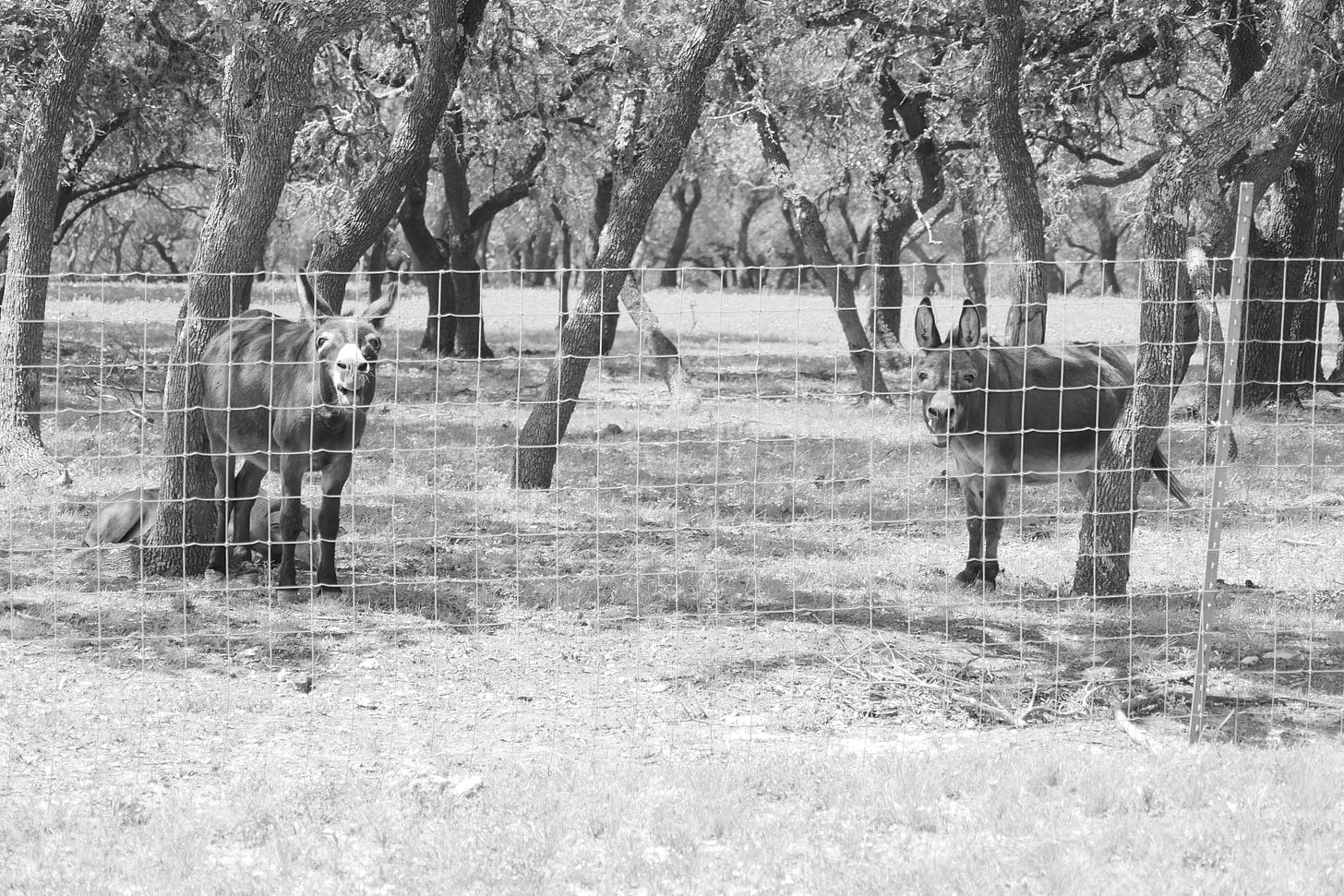
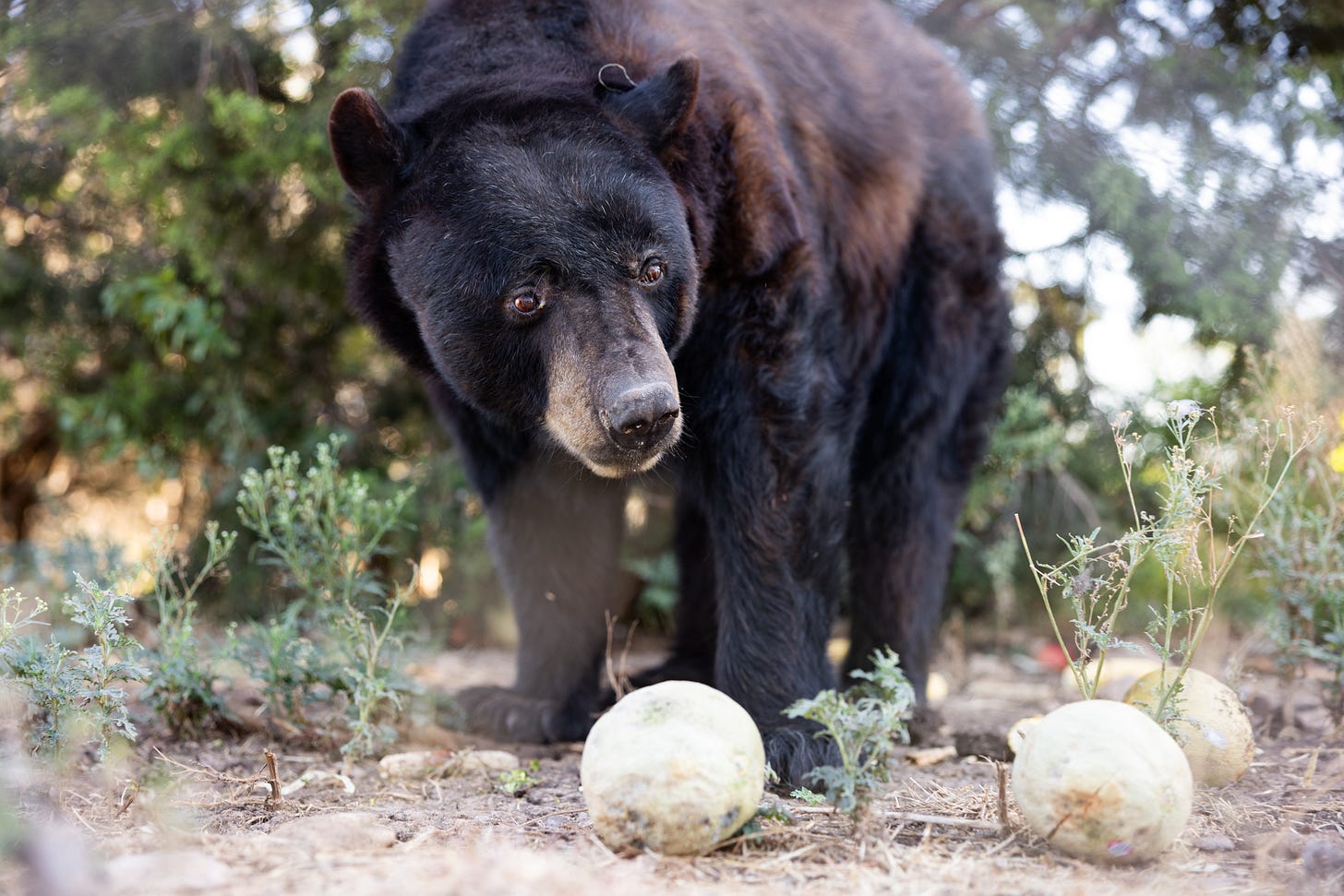
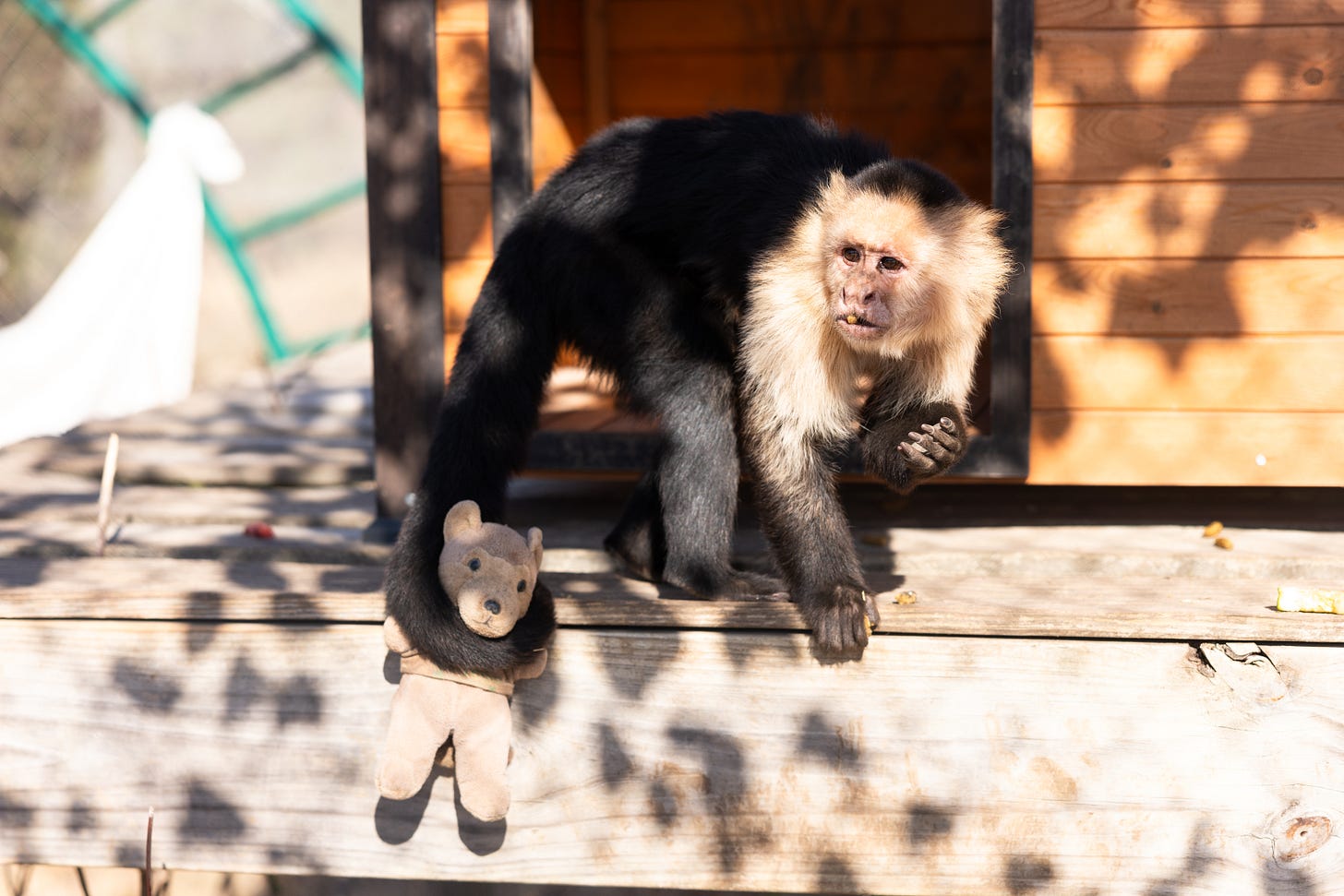
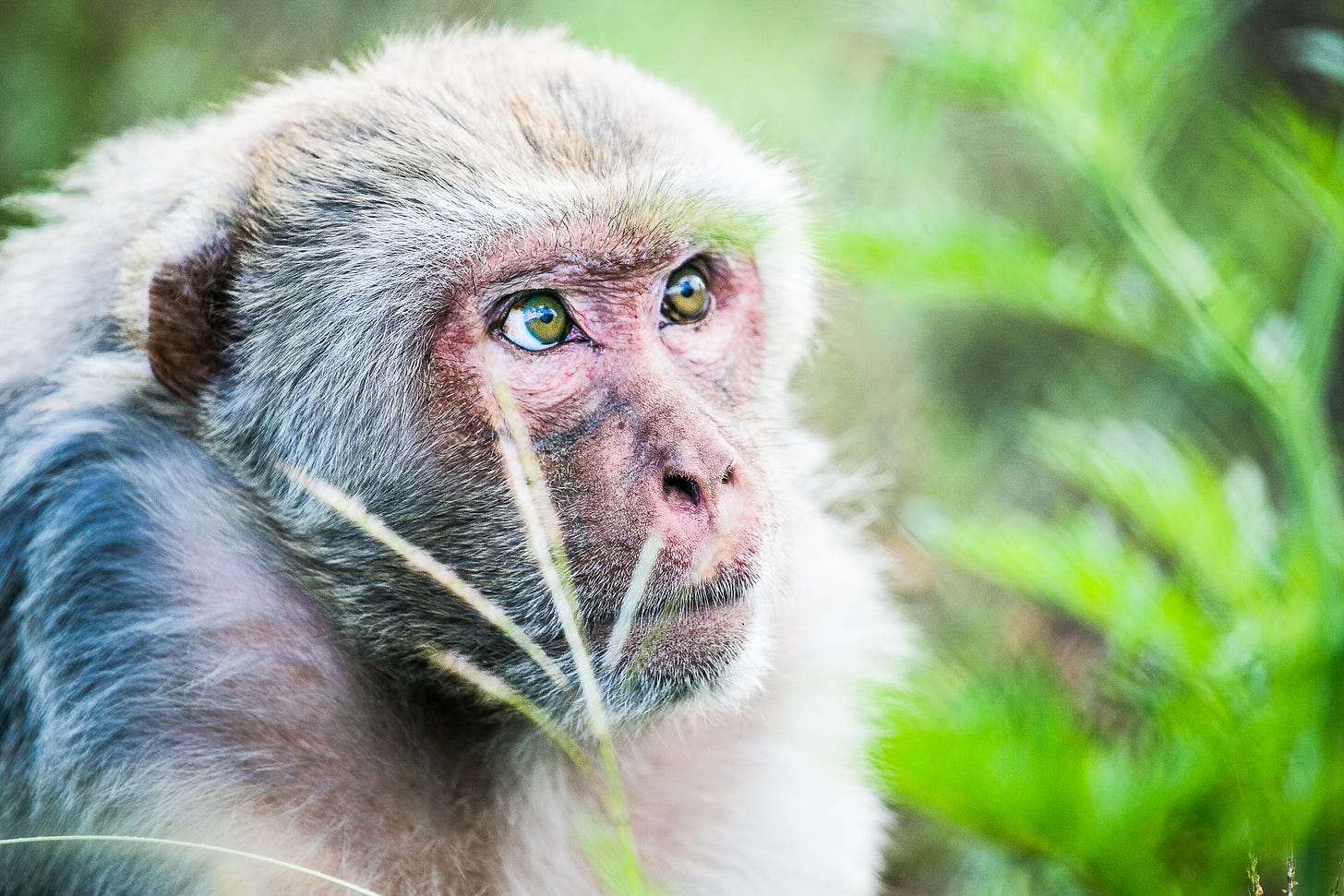
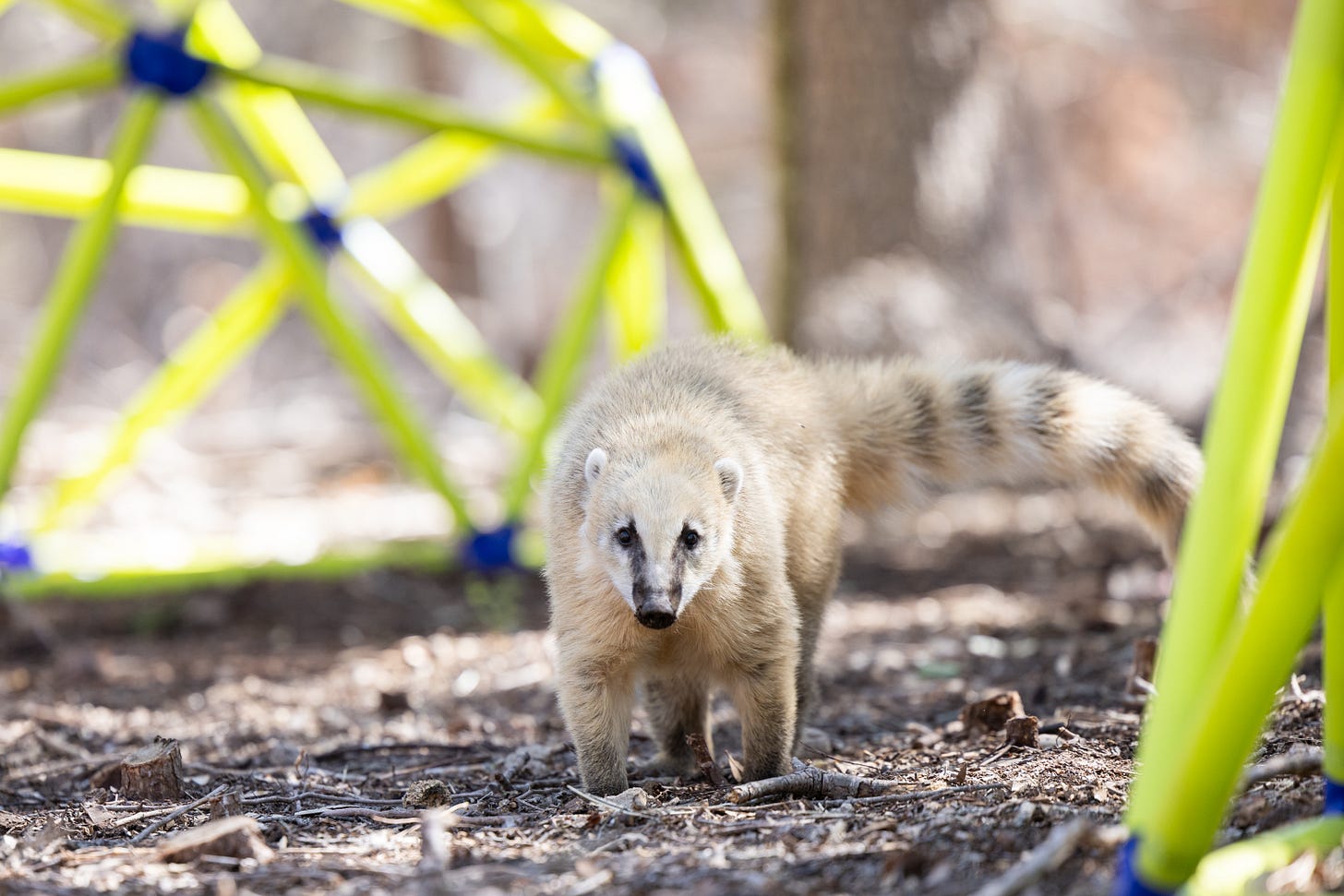
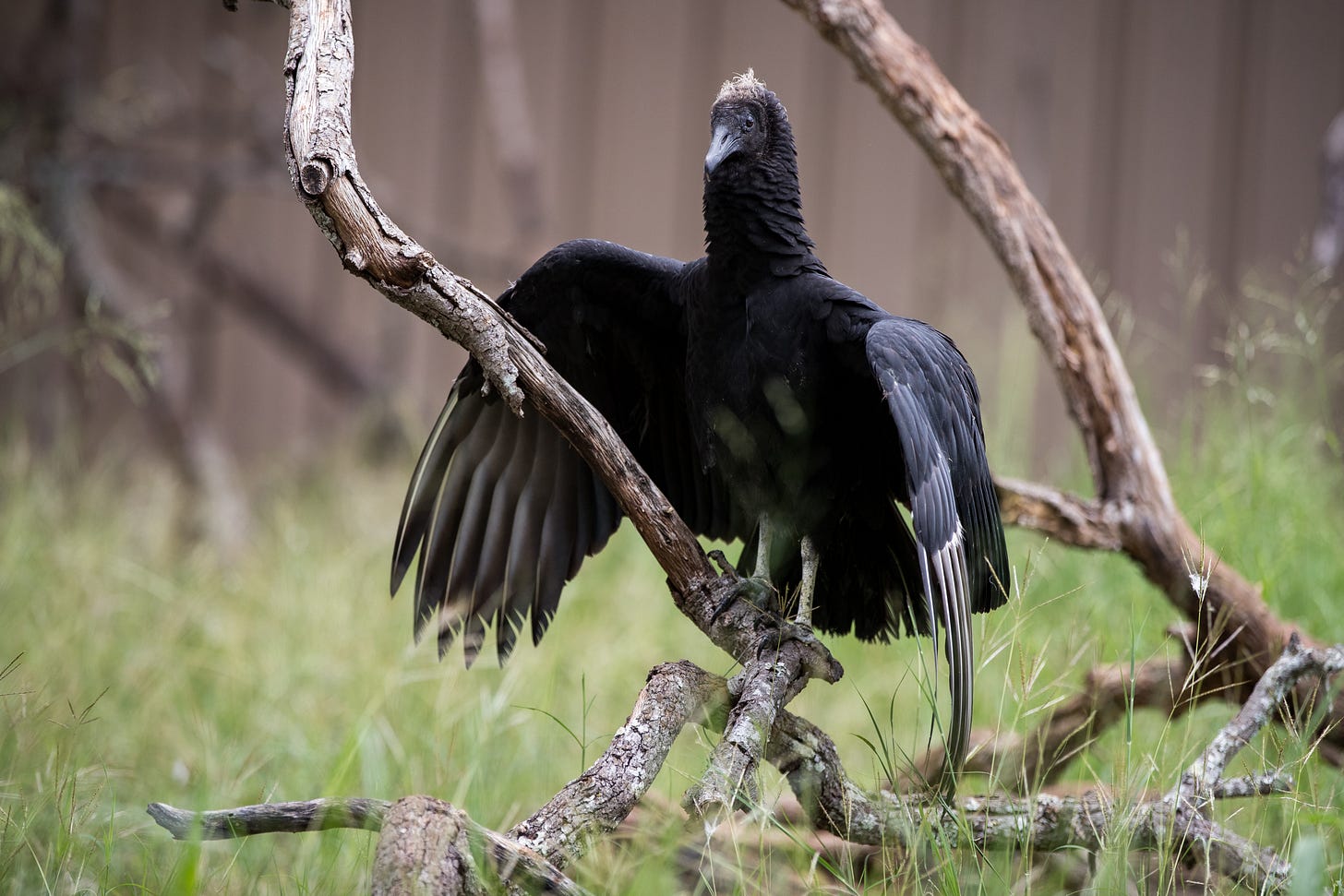


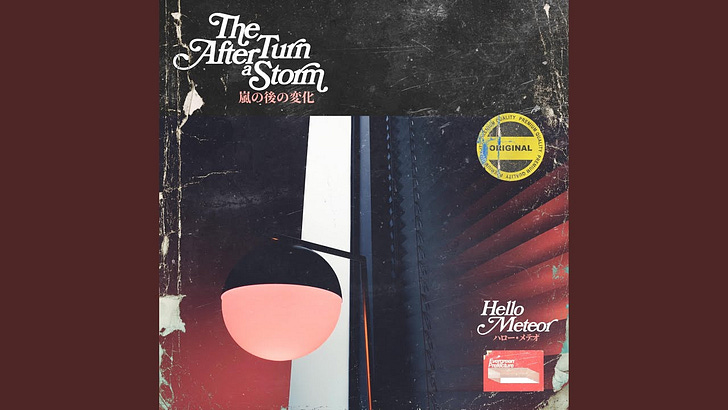

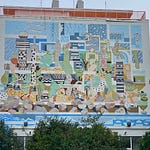
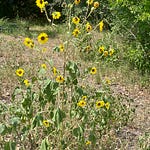
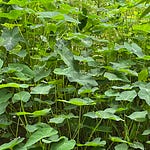
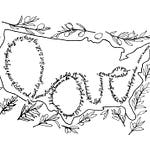
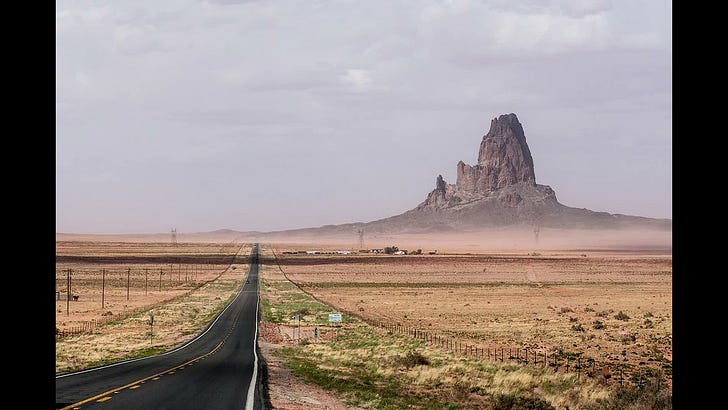
Share this post